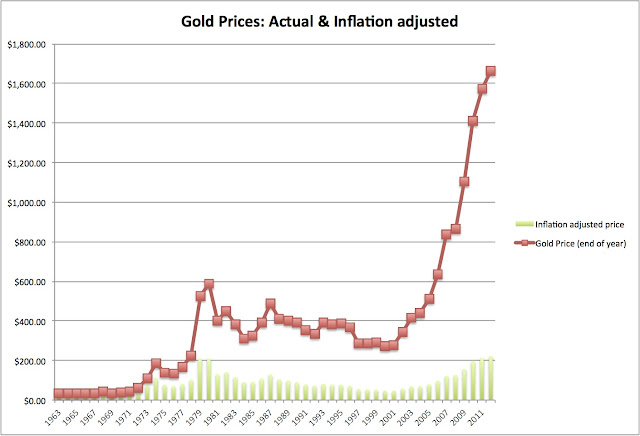Loan waiver schemes of the Government have always attracted adverse notice especially from well-meaning bankers, though no one registers similar protests when dues from the high and mighty like a ‘healthy’ politician heading a sick business known as Itrup Group are compromised.
Looking at Loan Waiver Schemes, we observe only the tip of the iceberg- less than 10% of the whole. Concealment of the submerged 90% has shades of a Capitalist Conspiracy, not conceived consciously by human perpetrators, but by a self-perpetuating System. We explain that in detail below, but how many know this: Waiver of Agricultural Loans finds honorable mention in two of the most well-known ancient administrative codes unearthed, namely the Hammurabi Code of 1772 BC and Rosetta Stone Inscription of 196 BC…can you beat that!? Plus ça change, plus c'est la même chose- the more things change more they remain the same, you know…
Analysing the problem objectively, let’s see RBI statistics of 31st March 2013, giving sectoral percentages of NPA in the respective sectors’ total loan: Industry 16%, Services 10%, Retail 5.5%, Agriculture 8.2%. The figures of NPA include written off NPA, so that Agriculture’s percentage cannot be questioned on ground of waivers. Thus holding Agriculture Debt Relief as a causative factor in low recovery rates is absurd. Just find out how many farmers committed suicide last year and how many darlings of Indian business did that. The activity called agriculture has such miserable returns, in spite being a basic human necessity, that the Government and the Society has to periodically write off agricultural debts in order to prevent these sections from rising in revolt. Maoist nightmares of the wilier amongst Indian politicians...You may not be aware of the disaffection, or may not have felt the under-currents, but just rise over the cacophony of media wisdom, and you’ll be left aghast at our blindness. Common wisdom is but the sum total of what the entrenched sections of society want us to believe. One day all News Channels will blare in unison about the meager defence-spend of India (though India is the largest arms importer in the comity of nations), one day about firing across the LOC, the third day about sartorial preferences of Modi and another day about the impending pregnancy of a movie starlet.…Obviously, if it’s a felicitous chorus, it has to be orchestrated by invisible hands…
One small voice drowned in the Chorus is that of an International Society called the Committee for the Cancellation of the Third World Debt (the CADTM -Comité pour l’annulation de la dette du Tiers Monde), headed by Dr. Eric Toussaint, Belgian Social scientist and a critic of World Bank. They are a party to the multi-billion dollar Argentine Sovereign Debt Case being fought in a New York Court against NML Capital and others. Can some hedge funds stake claim to known and unknown resources of an entire society because a General once came under the influence of the Fund? The EPW carries an article on the case in the 27-05-2014 issue in the HT Parekh Finance Column which says:
"A series of events since the early 1980s have pushed developing countries to restructure their economies and integrate themselves with global markets. These policy shifts have made them highly vulnerable to external changes. One such story is that of Argentina which from the mid-1970s has gone from crisis to crisis and is now facing legal pressure from US holders of old Argentine debt."
Eric Toussaint who spearheads the CADTM is deep into the subject of debt (not into debt) and has documented the history thereof. In his article ‘The Long Tradition of Debt Cancellation in Mesopotamia and Egypt from 3000 to 1000 BC’ he talks about the periodic cancellation of debts owed by farmers and temple societies, giving references from the historical Hammurabi’s Code. He writes:
“ If peasants were unable to pay off their debts, they could also find themselves reduced to the condition of serfs or slaves; indebtedness could also lead to members of their family being made slaves. In order to ensure social peace and stability, and especially to prevent peasants’ living conditions from deteriorating, the authorities periodically cancelled all debt and restored peasants’ rights.” (sounds like yesterday's newspaper)
The debt cancellation proclamations spelt out the manner in which the private lenders were to be compensated, how the decrees were to be enforced etc. A money-lender refusing to part with property title evidence, even though the debt had been repaid in full was to be put to death…
The foregoing paragraphs possibly speculate about the motives of the rulers behind debt cancellation, which could be seen as calculated to assist propagation of an unjust social system. This article was not at all meant to speculate and adjudicate on the ideological merits of the historical cancellation of debt. What is said about debt by us above may point to the ideological inclination of the writer, but the following truth holds regardless of anybody’s inclinations: that you’d be horribly wrong if you believe that the Indian Government commits an unprecedented travesty of financial justice when it gives a hand to the farmer for cleaning up whatever measly and contemptible little personal balance-sheet she has. Globally, the State, whatever its ideology, has been acknowledging for 5000 years, the fact that farmers periodically require loan subsidy, given the adverse circumstances under which they produce, or are compelled by society to produce, sustenance essential to our survival.

